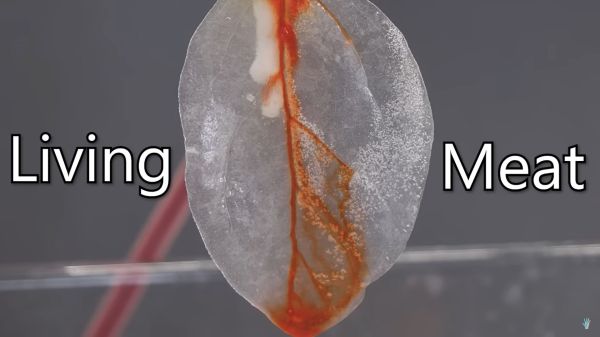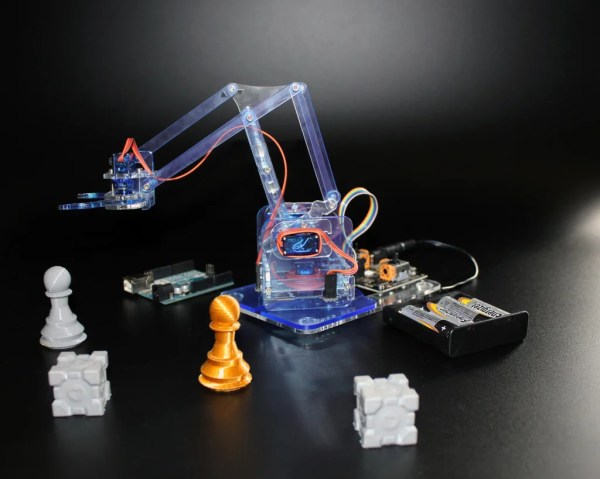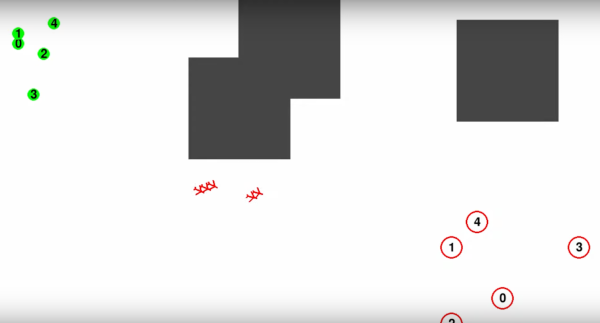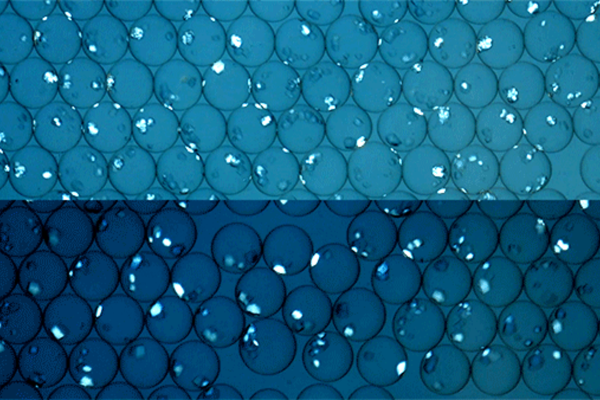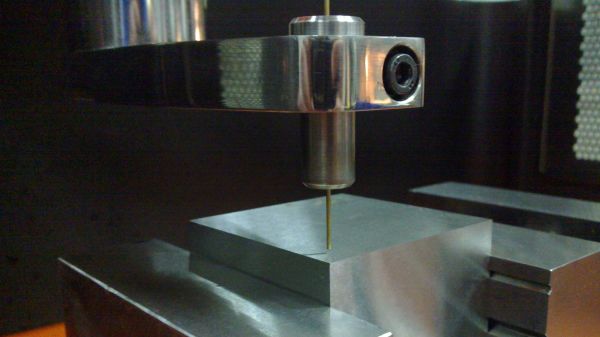Some of us jokingly refer to our hobbies as “mad science,” but [Justin] from The Thought Emporium could be one Igor away from living up to the jibe. The latest project to come out of the YouTube channel, video also after the break, outlines a map for creating an artificial organism in their new lab. The purpose is to test how far a citizen scientist can push the boundary of bioengineering. The stated goal is to create a swimming entity with a skeleton. The Thought Emporium also has a neuron project in the works, hinting at a potential crossover.
The artifishal [sic] organism has themes at the micro and macro scale. [Justin] says, “Cells are like little nano-robots. Mainly in the sense that they just follow their built-in instructions to the best of their ability.” At the multi-cellular level, the goal is to program something to actuate muscle tissue rhythmically to sustain locomotion. The method for creating living parts is decellularization and recellularization, a technique we heard about at Hackaday Belgrade.
The Thought Emporium is improving upon its protocol which removes cells from their “scaffolding” to repopulate it with the desired type, muscle in this case. Cellular scaffolds retain the shape of whatever they were, so whatever grows on them determines what they become. Once the technique of turning a leaf into muscle fibers is mastered, the next step will be creating bones with a different cell line that will mineralize the scaffold. Optimizing the processes and combining the results may show the world what is possible with the dedication of citizen bioengineers.
Regenerative medicine is looking at replacement human-parts with similar techniques. We are eager to see fish that digest plastic.

